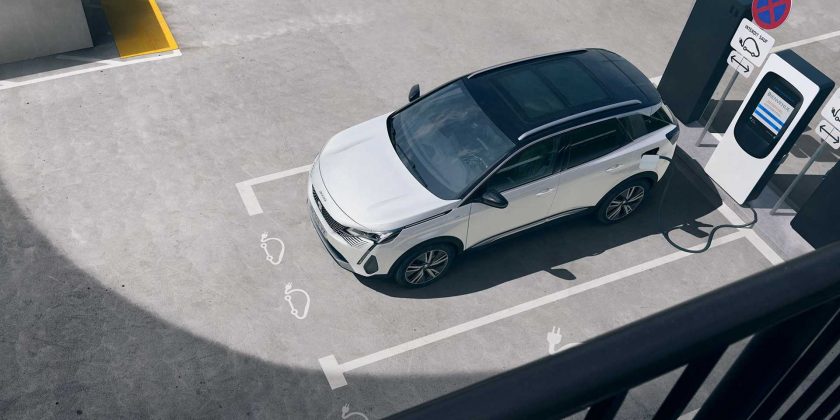Apart from the all-wheel-drive Hybrid 4, the 3008 now also has the… Hybrid.
The refreshed 3008 did not make the impact Peugeot probably expected. That is so because its official pictures leaked days before the official reveal. Even if they didn’t, the fact is that the 3008 does not look that different to make people wonder what it is. What customers will undoubtedly notice is the cheaper PHEV version it got.
Noticing how popular they are getting in Europe, local manufacturers are giving buyers more and more affordable options. That was recently the case with the VW Golf, for example, which now has the eHybrid derivative as an entry-level PHEV before the GTE.
PSA decided to do almost the same thing with the 3008. Apart from the Hybrid 4, the crossover now also offers the Hybrid. It bears a more sumptuous full name (Hybrid 225 e-EAT8), but it makes no justice to the fact that it can be charged.
The 3008 Hybrid combines the 1.6-liter, 178 hp (132 kW) PureTech engine to a 109 hp (80 kW) electric motor connected to the e-EAT8 automatic transmission. Both of them power solely the front wheels, which is part of the explanation for the Hybrid’s affordability.

Even without powered rear wheels, the 3008 Hybrid offers honest performance on paper. Its top speed is 225 km/h (140 mph) and it goes from 0 to 100 km/h (0 to 62 mph) in 8.7 s.
The Hybrid 4 also has a fancy full name: Hybrid 4 300 e-EAT8. The 300 refers to is combined power: 300 ps, or 296 hp (221 kW). Apart from the more powerful engine (197 hp, or 147 kW), it also has one more electric motor. It lives on the rear axle and delivers 83 kW (111 hp). All that translates into a higher top speed (235 km/h, or 146 mph) and on an acceleration time from 0 to 100 km/h (0 to 62 mph) in 5.9 s.
When it comes to the all-electric range, the Hybrid can travel 56 km (35 mi), and the Hybrid 4 goes a little further: 59 km, or 37 mi. Considering both cars share the same 13.2 kWh battery pack, that is probably due to more regenerative braking capacity. There is no difference in charging capabilities, which means a 7.4kW wall box is able to fully charge them in 1 hour and 45 minutes. In an 8A outlet, the task requires 7 hours.
The new PHEV derivatives deliveries are scheduled for the end of the year in Europe. We’ll pay attention to their sales and wait for the all-electric version of the car, expected to arrive with its next generation and the new eVMP platform by 2023.
Source: Read Full Article

